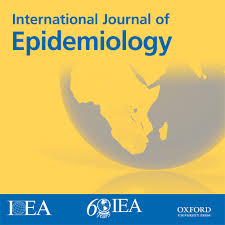Adiposity Measures and Plasma Adipokines in Females with Rheumatoid and Osteoarthritis
Authors: DeClercq, V., Cui, Y., Forbes, C., Grandy, S., Keats, M., Parker, L., Sweeney, E., Yu, Z.M., Dummer, T.J.B. (2017) Journal: Mediators of Inflammation, 2017. doi: https://doi.org/10.1155/2017/4302412 Abstract: The objective of this study was to examine the relationship between adipokines and adiposity in individuals with rheumatoid and osteoarthritis in the Atlantic PATH cohort. Using a nested case-control analysis, participants in the Atlantic PATH cohort with rheumatoid or osteoarthritis were matched for measures of adiposity with participants without a history of arthritis. Both measured and self-reported data were used to examine disease status, adiposity, and lifestyle factors. Immunoassays were used to measure plasma markers. BMI was positively correlated with percentage body fat, fat mass index (FMI), and a change in BMI from 18 years of age in all 3 groups. There were no statistical differences between levels of plasma adipokines; adiponectin levels were 6.6, 7.9, and 8.2 μg/ml, leptin levels were 10.3, 13.7, and 11.5 ng/ml, and resistin levels were 10.0, 12.1, and 10.8 ng/ml in participants without arthritis, with rheumatoid arthritis, and with osteoarthritis, respectively. Those with higher levels of adiponectin were more likely to have osteoarthritis (but not rheumatoid arthritis). No association was found between arthritis types and leptin or resistin. This study demonstrates differences in measures of adiposity and adipokines in specific types of arthritis and highlights the need for more research targeting specific adipokines during arthritic disease progression. Link: https://www.hindawi.com/journals/mi/2017/4302412/








